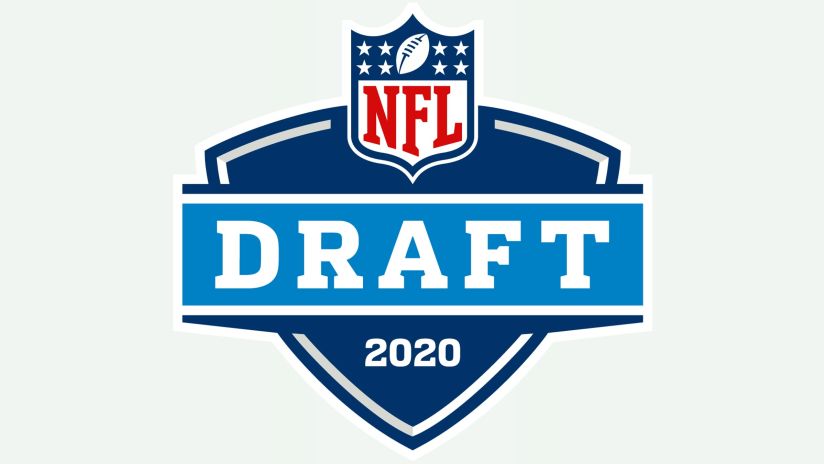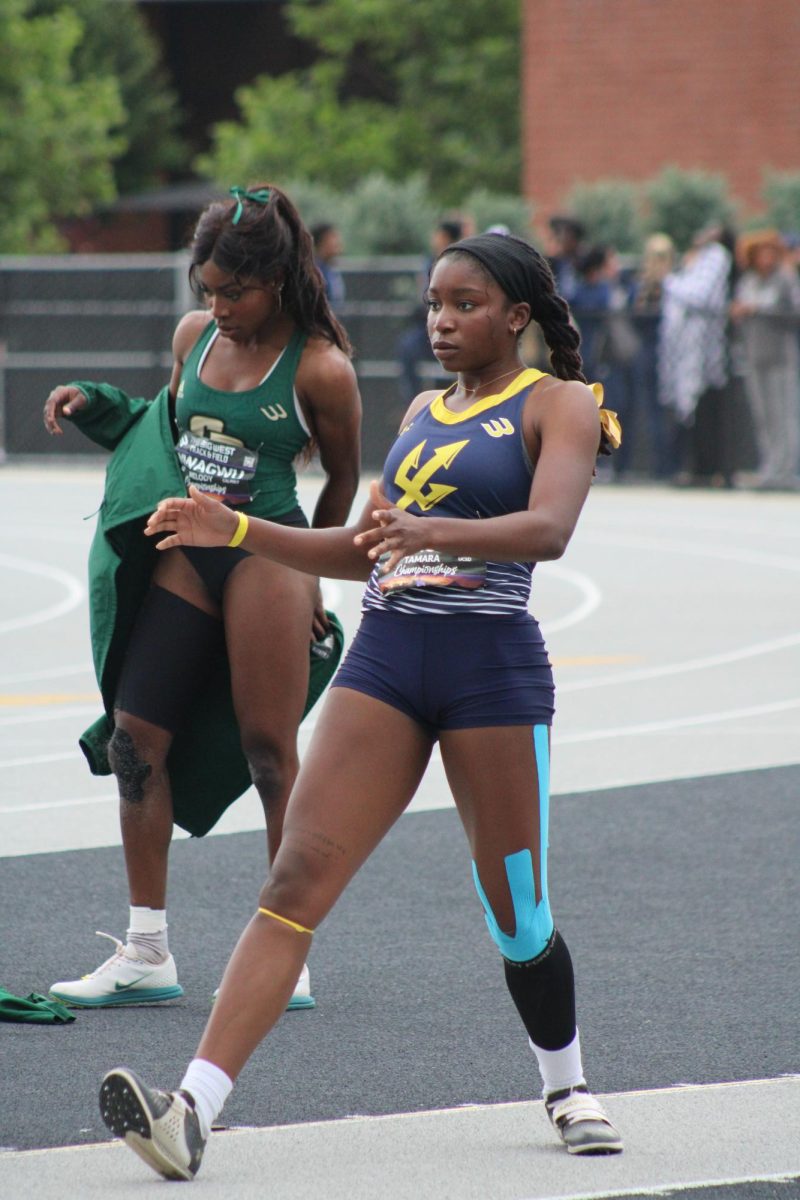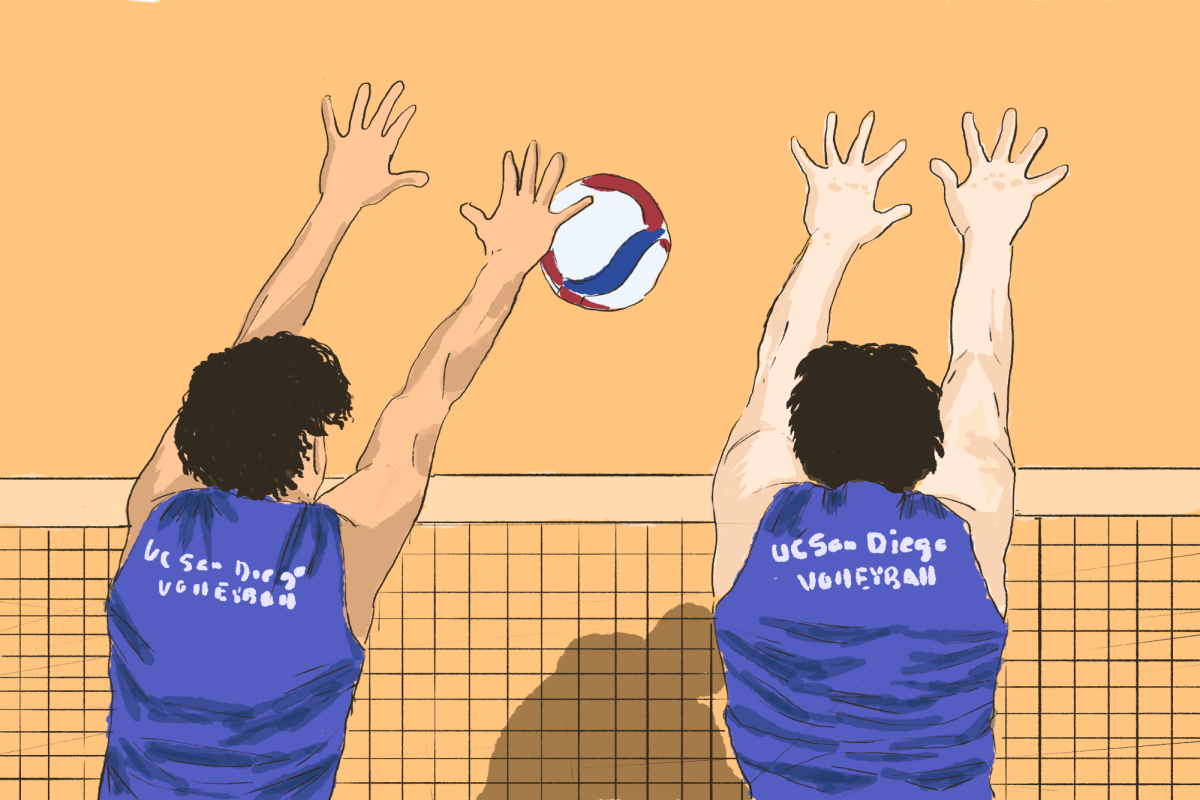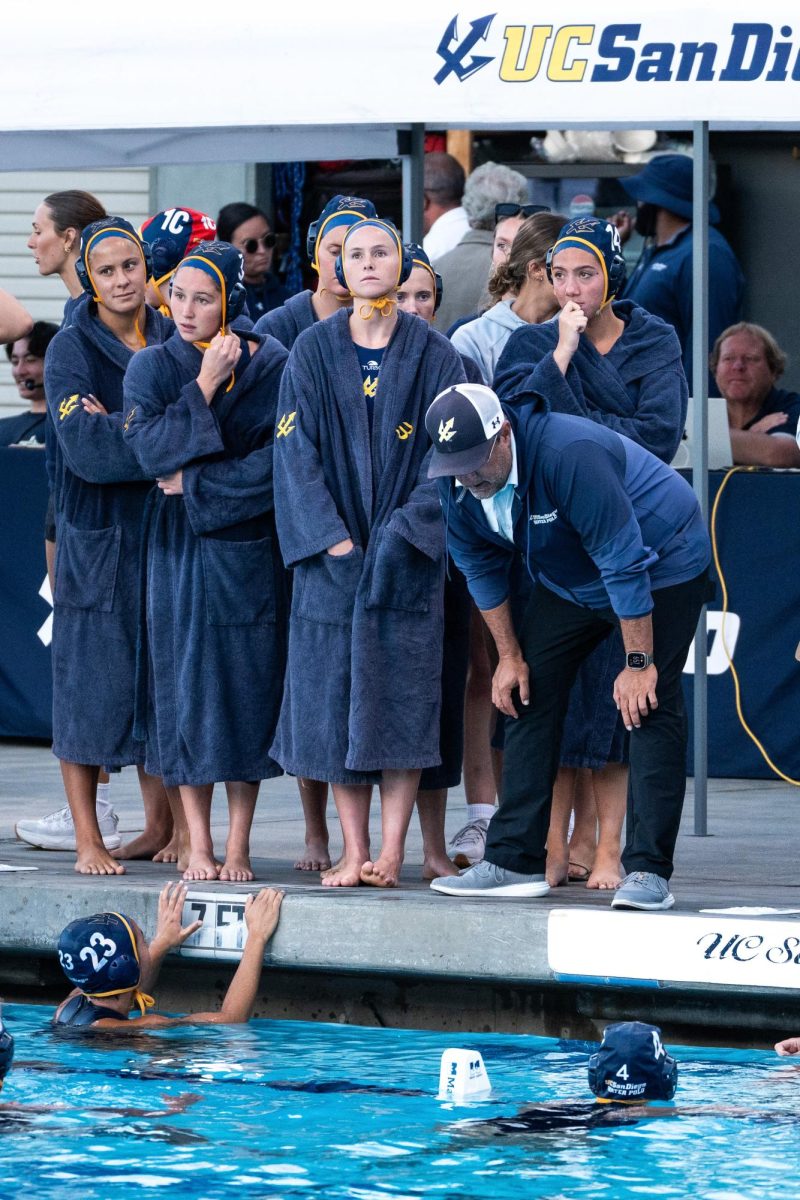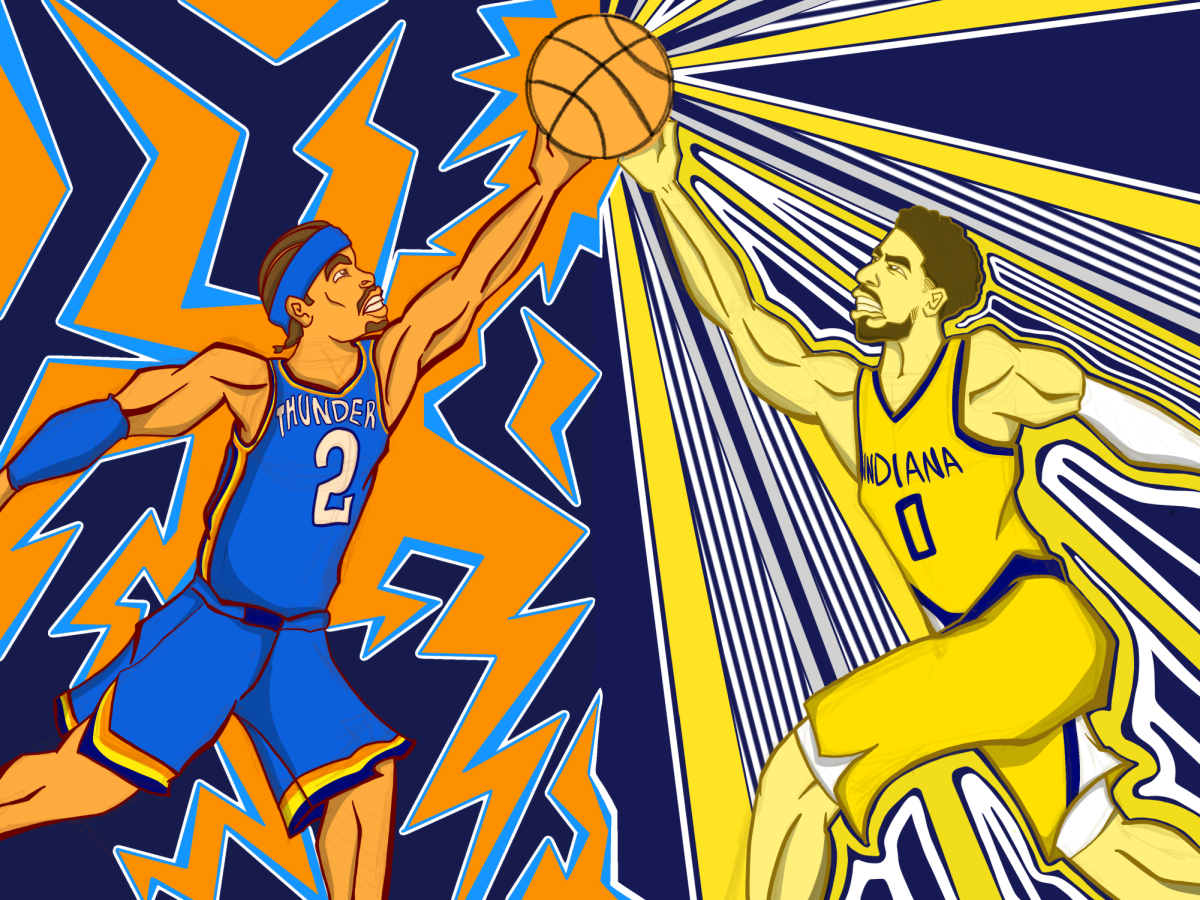With essentially all sporting events being shut down for the past month and a half, sports fans across the country are itching for the upcoming 2020 NFL Draft which will be held virtually, this coming Thursday, April 23. Obviously, these are unprecedented waters and there will be various significant changes to the fan-favorite event. But what we do know is that teams will participate remotely including commissioner Roger Goodell and 58 prospects will attend virtually. Although teams will not receive extra time to make their selections, the player personnel department will stop the clock if a team runs out of time to allow for the pick or trade of the selection to occur.
It has been reported that front office and team executives have had IT teams install new wiring and internet systems to prepare for the draft and try to prevent any technical problems. Former NFL executive Bill Polian sees “glitches in communication” and “trades becoming problematic” as potential issues and are the reasons why all these team officials have been working with an IT crew over the past week.
Others have brought up the potential difficulties of communicating between front office members and coming to a consensus pick in such a short allotment of time. As it stands, teams have 10 minutes for each first-round selection, With people quarantined at home, all team executives deciding on a pick together while fielding calls from teams looking to trade will more than likely be chaotic to say the least. On the Lefkoe Show, football analyst Warren Sharp suggested that teams should “incorporate non-verbal communication” to improve efficiency and even run through some practice drafts with the full front office to find out the best way to communicate come draft day.
All these issues stem from technological problems that could result from the draft being held virtually, but to make matters even more strenuous for NFL teams, the past month and a half of quarantine has significantly hindered teams ability to scout prospects, dive into medicals, and cement their big boards. Here are some things to monitor for this year’s unique virtual draft.
Teams will take less risks
Teams are going into this draft with a lot less data than they are used to. The mountain of athletic measurements, interview answers, and college coach testimonials that teams would have collected from Pro Days and pre-draft meetings is gone this year. The most significant loss is that teams were not able to conduct their own medical evaluation of prospects. Personality and culture fit can still be gleaned from phone interviews and athletic measurements can be estimated from college tape, but there is no virtual substitute for a proper and in-depth medical check. Being able to stay healthy is one of the most important abilities of an NFL player and medical checks give teams a chance to look into any injury questions surrounding a prospect. Without the assurances from a medical check, players who are currently injured or have an injury history will fall in the draft. We are already seeing this with Tua Tagovailoa, a top quarterback prospect until he dislocated his hip in November, who has reportedly been taken entirely off three teams’ draft boards because of injury concerns. Teams are going to play it safe and pass on players with health risks. This “playing it safe” attitude will likely bleed into teams’ entire draft philosophies. Teams will stick to college programs they are familiar with, a la Boise State and the Dallas Cowboys, and that have strong and successful programs, like Alabama or Clemson. Expect teams to favor backups from big-name programs over starters from small schools.
Analytics for the win
The one thing teams will still have is college game tape. Teams have hours of game film from the 2019 college season, which was not impacted by COVID-19, as well as film from 2018 and back. Without data from visits and pro days, prospect’s college film will become the major factor in many team’s player evaluations. This may be the one silver lining to this year’s draft situation. Teams basing the majority of their player evaluations on college tape may actually improve the quality of this year’s draft class. Instead of being distracted by flashy 40 times and big hands, teams can only analyze players’ abilities based on the relatively large sample size of their college careers. For the teams who are willing to embrace it, analytics will play a big role in this year’s draft, helping teams synthesize and understand vast amounts of college film. Some teams have already integrated analytics into their draft process to make up for the lack of information. The Baltimore Ravens, for example, have used analytics to estimate a prospect’s athletic measurements based on their game tape. As the rest of the league adopts a conservative approach to the draft, watch for analytics-driven teams — like the Eagles and Patriots — to go in the opposite direction and take risks.
Lots of value to be had at the end and after the draft
A lot of talented players will fall in this year’s draft. As teams opt for more risk-averse draft strategies, they will let players with question marks — be they from injury concerns, off-the-field issues, or a lack of name recognition — to go past them in favor of the “safer” pick. For teams who are willing to take a risk, they could come away with blue-chip players in the later rounds. Take Colorado wide receiver Laviska Shenault Jr., for example. Originally mocked to go in the first round, the high upside wideout has since slipped down to the second round because of concerns over a core muscle injury that needed surgery. To take a shot at players like this, teams will need to trust in their evaluation of the player’s talents and in their medical staff. With all the players sliding down draft boards, this year could feature a strong undrafted free agent rookie class. Not having to invest a draft pick or a big contract, teams could gain a lot of talent after the draft without much risk.


